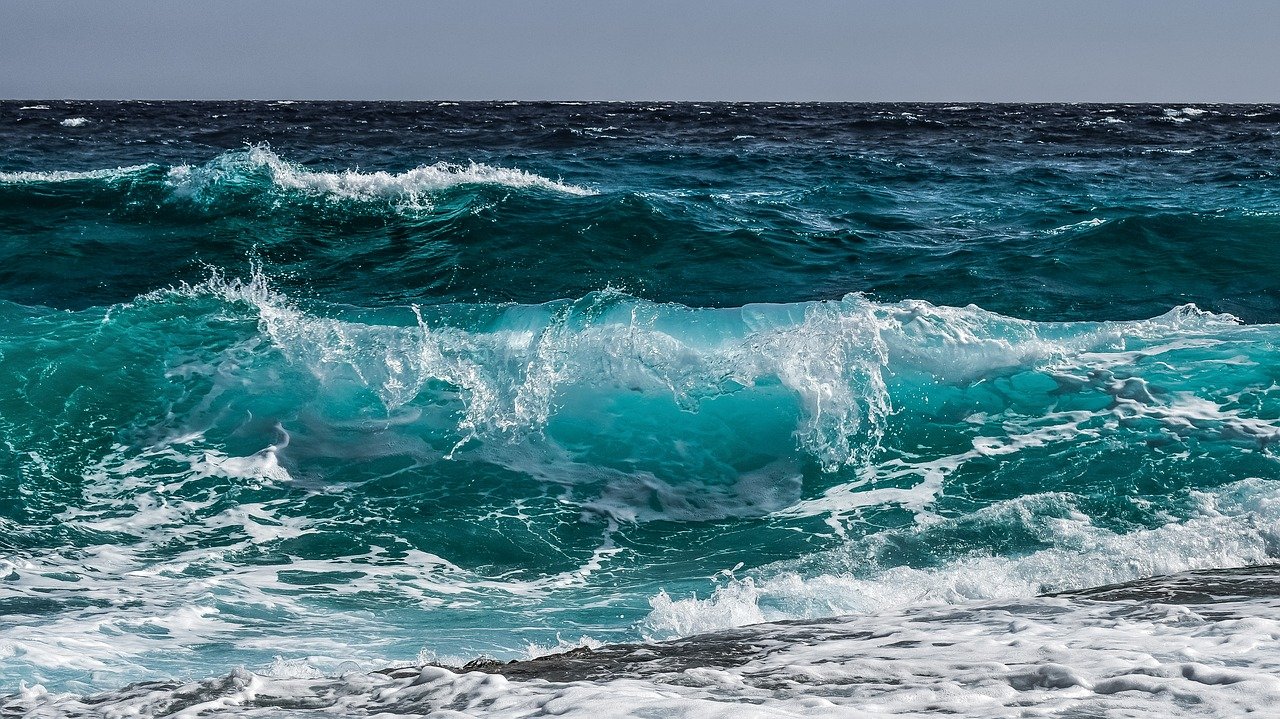
A new UNU-IAS publication provides unique insights on how to prevent loss and degradation of ecosystems and ensure their recovery. It presents knowledge gained from areas where production activities help maintain biodiversity while sustainably supporting the livelihoods and well-being of local communities.
Titled “Ecosystem Restoration through Managing Socio-Ecological Production Landscapes and Seascapes (SEPLS)“, the open-access book compiles 12 case studies from across the globe. Drawing from practical activities, they constitute a valuable resource for scholars, policymakers, and professionals engaged in sustainable development, with a particular focus on SDG 15 (life on land) and SDG 17 (partnerships for the goals).
“This publication furthers ongoing efforts under the United Nations Decade on Ecosystem Restoration”, said co-editor Maiko Nishi (Research Fellow, UNU-IAS). “Learning from case studies of SEPLS management, it facilitates the identification, sharing, and scaling up of successful approaches to ecosystem restoration.”
The book is part of the Satoyama Initiative Thematic Review series, which shares case studies from members of the International Partnership for the Satoyama Initiative (IPSI). IPSI is a partnership comprising more than 300 member organisations dedicated to realising societies in harmony with nature. UNU-IAS hosts the secretariat of IPSI, providing a unique global platform for exchanging views and experiences between these organisations, and fostering synergies in implementation of their respective activities.
